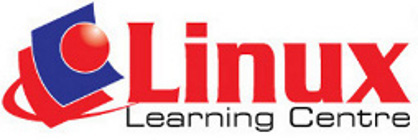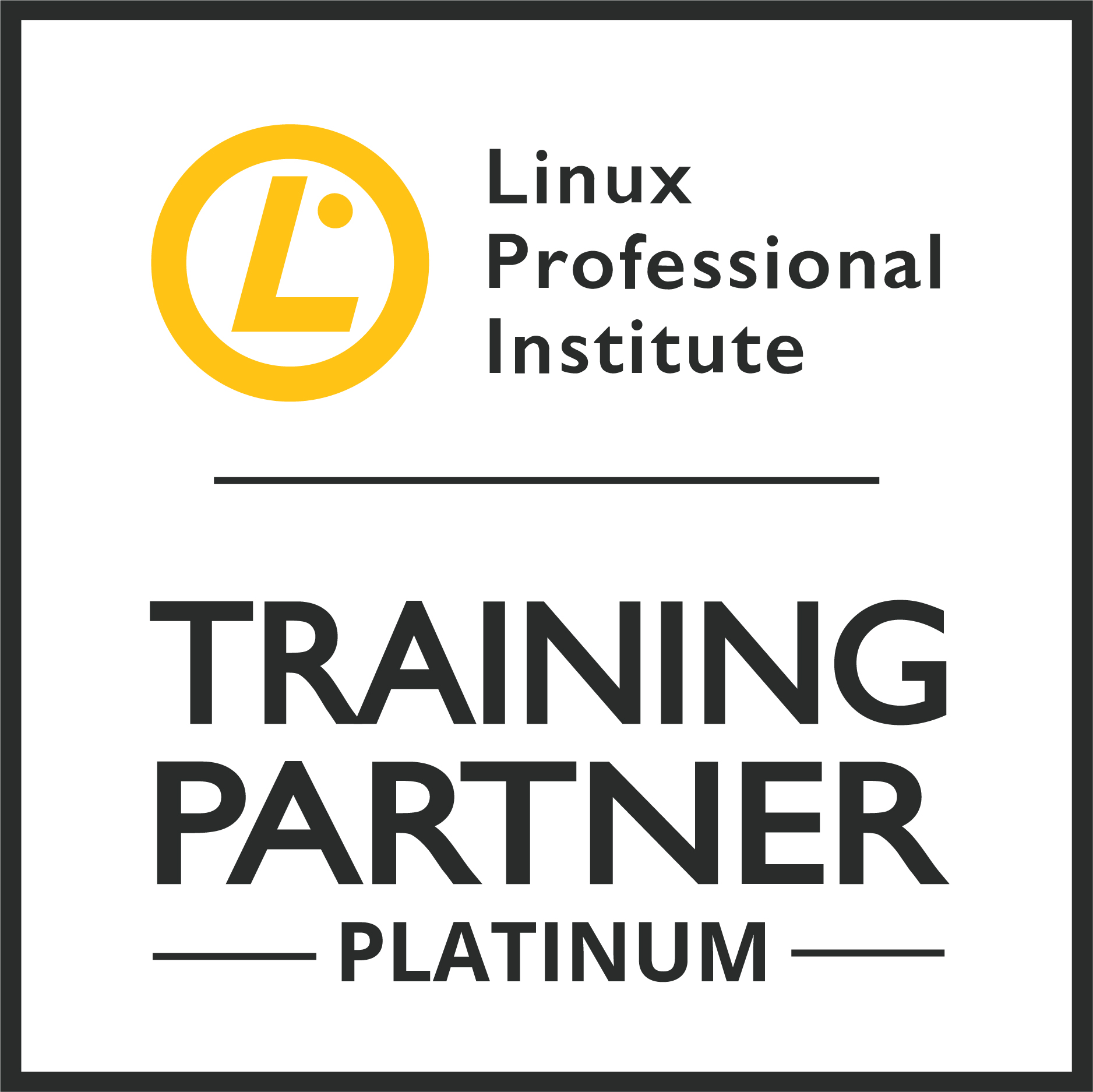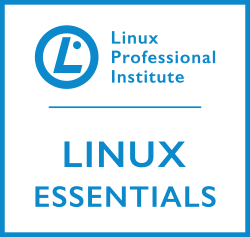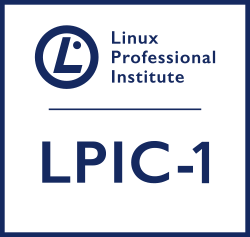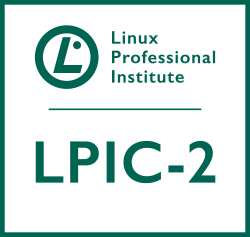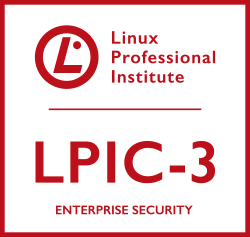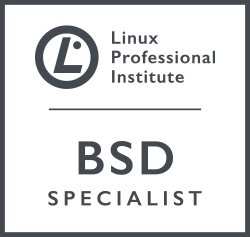The
following
is
the
syllabus
for the
Module 1, Concepts of Information
and Communication Technology (ICT), which provides the basis
for the theory-based.
Module
Goals
Module 1 Concepts of Information and Communication
Technology(ICT) requires
the
candidate
to
understand
the
main concepts of ICT at a general
level, and to know about the
different parts of the dufferent
parts of the computer.
The candidate shall be able to:
- Understand what
hardware id, know about
factors that affect computer performance and know about peripheral
devices.
- Undersatnd what
software is and give
examples of common applications software and operating system software.
- Understand how
information networks are
used within computing, and be aware of the different options to connect
to the internet.
- Understand what
Information and
Communication Technology(ICT) is and give examples of its practical
applications in everyday life.
- Understand health
and safety and
environmental issues in relation to using computers.
- Recognize
important security issues
associated with using computers.
- Recognize
important legal issues in
relation to copyright and data protection associated with using
computers.
Course Outline
Hardware
- Understand the term hardware.
- Understand what a personal computer is. Distinguish
between desktop, laptop(notebook), tablet PC in terms of typical users.
- Identify common handheld portable digital devices
like: personal digital assistant (PDA), mobile phone, smartphone,
multimedia player and know their main features.
- Know the main parts of a computer like: Central
processing Unit (CPU), types of memory, hard disk, common input and
output devices.
- Identify common input/output ports like: USB,
Serial,parallel, network port, Firewall.
- Know some of the factors that impact on a computer's
performance like: CPU speed, RAM size, graphics card, processor and
memory, the number of applications running.
- Know that the speed (operating frequency) of the CPU
is measured in megahertz (MHz) or gigahertz(GHz).
- Know what computer memory is: RAM (random access
memory), ROM (read only memory) and distinguish between them
- Know storage capacity measurements: bits, byte, KB,
MB, GB, TB
- Know the main types of storage media like: internal
hard disk, external hard disk, network drive, CD, DVD, USB, flash
drive, memory card, online file storage.
- Identify some of the main input devices like: mouse,
keyboard, trackball, scanner, touchpad, stylus, joystick, web
camera(webcam), digital camera, microphone.
- Know some of the main output devices like:
screens/monitors, printers, speakers, headphones.
- Understand some devices are both input and output
devices like: touchscreens.
Software
- Understand the term software.
- Understand what an operating system is and name some
common operating systems.
- Identify and know the uses of some common software
applications: word processing, spreadsheet, database, presentation,
e-mail, web browsing, photo editing, computer games.
- Distinguish between operating system software and
application software.
- Know some options available for enhancing
accessibility like: voice recognition software, screen reader, screen
magnifier, on-screen keyboard.
Networks
- Understand the
terms local area network (LAN), wireless local area network (WLAN),
wide area network (WAN).
- Understand the
term client/server.
- Understand what
the internet is and know some of its main uses.
- Understand what
the intranet, extranet is.
- Understand the
concepts of downloading from, uploading to the network.
|
- Understand what
transfer rate means, understand how it is measured: bits per second
(bps), kilobits per second (kbps), megabits per second(mbps).
- Know about
different internet connection services: dial-up, broadband.
- Know about
different options of connecting to the internet like: phone line,
mobile phone, cable, wireless, satellite.
- Understand some
of the
characteristics of broadband: always on, typically a flat fee, high
speed, higher risk of intruder attack.
ICT in
Everyday Life
- Understand the term
information and communication Technology(ICT)
- Know about different
Internet services for consumers like: e-commerce, e-banking,
e-government.
- Understand the term
e-learning. Know some of its features like: flexible learning location,
multimedia learning experience, cost effectiveness.
- Understand the term
teleworking. Know some of the advantages of teleworking like: reduced
or no commuting time, greater ability to focus on one task, flexible
schedules, reduced company space requirements. Know some disadvantages
of teleworking like: lack of human contact, less emphasis on teamwork.
- Understand the term
electronic mail(e-mail)
- Understand the term
instant messaging (IM).
- Understand the term
Voice Over Internet Protocol(VoIP)
- Understand the term
Really Simple Syndication (RSS) feed.
- Understand the term web
log (blog).
- Understand the term
podcast.
- Understand the concept
of online(virtual) community. Recognize examples like: social
networking websites, internet forums, chat rooms, online computer games.
- Know ways that users
can publish and share contents online: web logs(blog), podcast, photos,
video and audio clips.
- Know the importance of
taking precautions when using online communities: make your profile
private, limit the amount of information you post, be aware that posted
information is publicly available, be wary of strangers.
- Understand the term
ergonomics.
- Recognize that
lighting is a health factor in computer use, Be aware that use of
artificial light, amount of light, direction of light are all important
considerations.
- Understand that correct
positioning of computer, desk and seat can help maintain a good posture.
- Recognize ways to help
ensure a user's wellbeing while using a computer like: take regular
stretches, have breaks, use eye relaxation techniques.
- Know about the option
of recycling computer computer components,
printer catridges and paper.
- Know about computer
energy saving options: applying settings to automatically turn off the
screen/monitor, to automatically put the computer to sleep, switching
off the computer.
Security
- Understand that
for security reasons a username(ID) and password are needed for users
for users to identify themselves when logging on to the computer.
- Know about good
password policies like: not sharing passwords, changing them regularly,
adequate password length, adequate letter and number mix.
- Understand the
importance of having an off-site backup copy of files.
- Understand what a
firewall is.
- Know ways to
prevent data theft like: using a username and password. locking
computer and hardware using a security cable.
- Understand the
term computer virus.
- Beware how
viruses can enter computer system.
- Know how to
protect against viruses and the importance of updating
antivirus software regularly.
Law
- Understand the term
copyright
- Know how to recognize
licensed software: by checking product ID, product registration, by
viewing the software licence.
- Understand the term
end-user license agreement.
- Understand the term
shareware, freeware, open source.
- Identify the main
purposes of data protection legislation or conventions: to protect the
rights of the data subject, to set out the responsibilities of the data
controller.
- Identify the main data
protection rights for a data subject in your country.
- Identify the main data
protection responsibilities for a data controller in your country.
|
